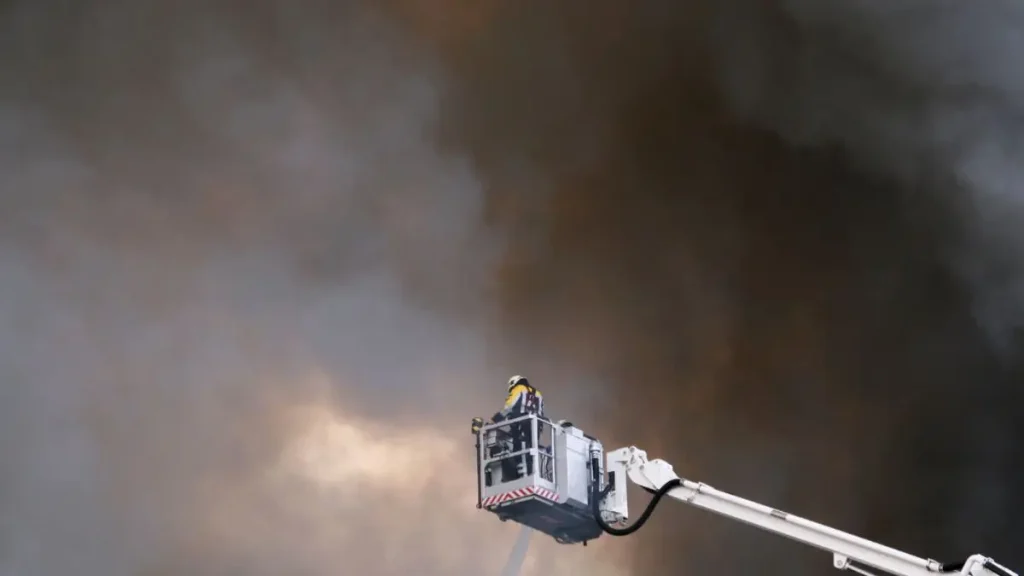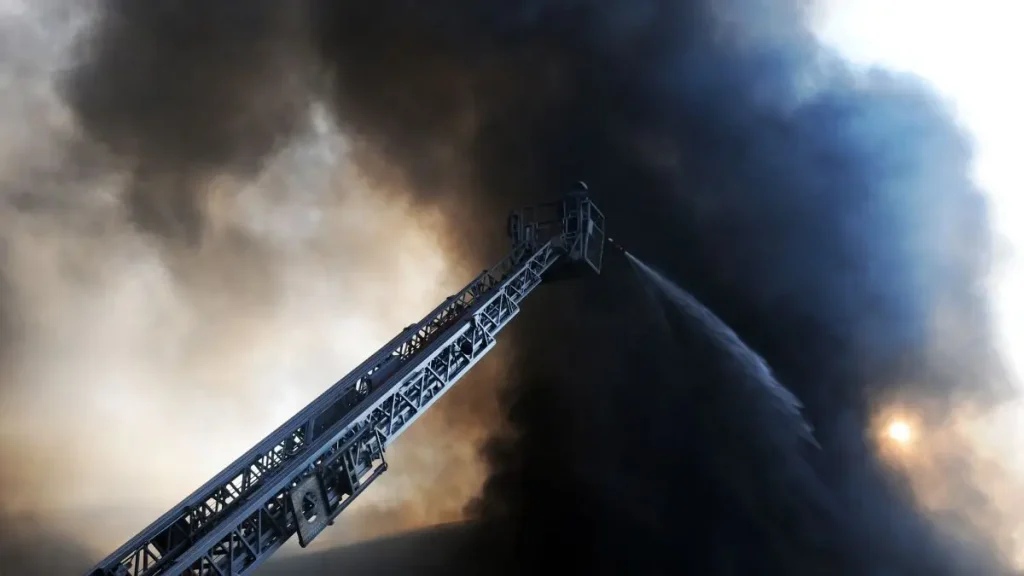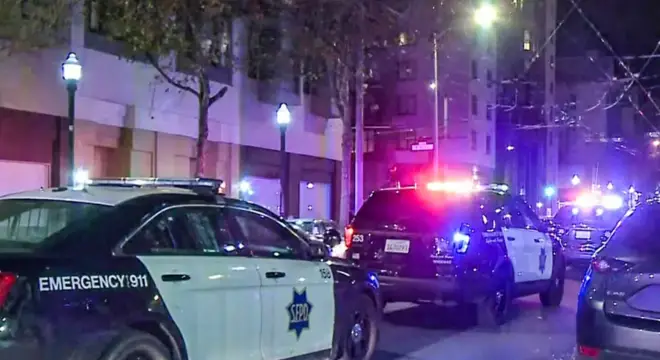63-Year-Old Woman Killed in West Macon House Fire, Coroner Confirms
When I first read about the West Macon house fire, what struck me most was how quickly an ordinary evening turned into tragedy. Around 5:45 p.m. on Monday, flames broke out at a home in the 3000 block of Pio Nono Avenue. Inside was 63-year-old Linda Sanford.
She was rushed to the hospital by ambulance, but despite the effort, the Bibb County coroner confirmed she was pronounced dead less than an hour later — around 6:40 p.m. It’s a timeline that feels painfully short: just sixty minutes separating life from loss.
Fire crews and law enforcement swarmed the scene. Reports described heavy damage to a side window, while the roof of the house was still standing. From the outside, you might think the fire was “small,” but it was deadly enough. And as officials confirmed, Linda was the only person inside the home when the blaze erupted.
The fire department says the cause is still under investigation. And that’s one of the hardest parts — not knowing why. Was it electrical? A stove accident? Something else? Until investigators give answers, the community is left with grief and questions.
If you lived nearby and saw the smoke rising, how would you react in those first moments? Would you know what to do if the fire was in your own home?
On-Scene Details from Witnesses and Reporters

If you’ve ever stood near a burning house, you know how surreal it feels. One moment everything looks normal, the next, smoke is curling into the sky.
According to a 13WMAZ, the fire in West Macon left heavy damage to a side window, though the roof was still standing. That detail hit me — the home itself looked partially intact, yet inside, a life was gone.
Law enforcement cars and fire trucks lined Pio Nono Avenue as responders tried to control the blaze. It’s the kind of scene you might drive past, never realizing how devastating it is for the people inside.
Remembering Linda Sanford
I don’t want us to see Linda Sanford only as “a 63-year-old woman who died in a fire.” She was someone’s neighbor, someone’s family.
Reports note she was living alone at the time. Think about that for a second — alone, and in the middle of an emergency where every second matters.
When we hear stories like this, it’s easy to get lost in statistics.
But if you pause, you realize Linda’s story is about the fragile line between routine life and sudden tragedy. I keep asking myself: if she’d had someone with her, could things have ended differently?
It’s not just Macon — earlier this month, a home in Nashua was engulfed in heavy flames, showing how quickly fires can spread even when no one is injured.
Fire Response and Investigation Status
The Macon-Bibb County Fire Department confirmed Sanford was the only person inside when the fire broke out.
Crews rushed in, but by the time she reached the hospital, it was already too late. The official cause of the fire is still under investigation, and that uncertainty weighs heavily.
As someone reading this, I know you want answers — I do too. Was it faulty wiring? A cooking mishap? Something else?
We may not know for days or even weeks. But that’s the reality with many house fires: by the time investigators piece it together, the family is already left with irreversible loss.
Sadly, unanswered questions after a fire are common — just like in this Luzerne County case where investigators also took days to confirm the cause.
Fire Safety and Vulnerable Populations
Here’s the truth many people don’t realize: older adults face twice the risk of dying in a fire compared to younger people (NFPA data backs this up). Add in a disability like vision loss, and the risks multiply.
You and I might take for granted that we could see flames, spot an exit, or grab a phone. For someone blind or visually impaired, those seconds can disappear fast.
This is why experts stress accessible alarms — ones with loud voice alerts, vibrating systems, or even connected devices that notify neighbors.
And honestly, it’s not just about tech. It’s about us, as a community, checking in on older relatives, making sure safety plans exist. Because in moments like Linda’s, those small steps matter most.
Local updates about fire incidents and safety alerts are often shared instantly on community WhatsApp channels — it’s one of the quickest ways to stay informed during emergencies.
Broader Context — House Fires in Macon and Beyond

One thing I keep thinking about is how often we see these tragedies in Macon-Bibb County. It’s not just this one fire. Over the past few years, local news has reported multiple fatal house fires across West Macon and nearby neighborhoods. Many involve older homes, older residents, or people living alone.
If you’ve lived here long enough, you probably know someone who has faced a fire scare — maybe even in your own family. These incidents remind us that while fire trucks and sirens may feel like background noise, each call represents real people caught in danger.
The numbers don’t lie either: according to the National Fire Protection Association (NFPA), adults over 65 face more than double the risk of dying in a home fire compared to the general population. When you combine that with aging houses in parts of Macon, it’s clear this isn’t just “bad luck.” It’s a community safety issue we can’t ignore.
I’d love to hear from you — how does your community usually come together after incidents like this? Share your thoughts in the comments.
Key Takeaways for Families and Caregivers
Whenever I read a story like Linda Sanford’s, I can’t help but ask myself: what lessons can we pull from this? Here are a few that matter for you, me, and anyone caring for older relatives:
- Check smoke alarms regularly — not just if they beep. Replace batteries and test them monthly.
- Think accessibility — for elderly or visually impaired family, look into alarms with loud voice alerts, strobe lights, or vibrating features.
- Have an escape plan — and practice it. It sounds simple, but in a real fire, panic makes it hard to think clearly.
- Talk with neighbors — if someone lives alone, make sure at least one neighbor knows to check on them in an emergency.
These steps don’t take much time, but they can literally buy the minutes that save a life.
And prevention matters everywhere — from Macon to East Toledo, where a house fire caused heavy damage, but thankfully no lives were lost.
A Community Mourns — Final Words
At the heart of this story is a woman who didn’t make it home Monday night. Linda Sanford’s loss is painful, not only for her loved ones but for anyone who cares about safety in West Macon.
I believe stories like this are meant to move us — not just to feel sad, but to act. Maybe that means checking your smoke alarm tonight, or making a quick call to your parents or grandparents to talk about an escape plan. Maybe it’s sharing this story so others take fire safety seriously.
Because if there’s one truth here, it’s that no one expects tragedy until it happens. And the best time to prepare is always before the flames start.
So let me ask you — when was the last time you checked the smoke detectors in your home.
If you want to explore more real stories and safety lessons from house fires, check out our website Build Like New.
Disclaimer: The cause of the West Macon house fire is still under investigation. Details in this report are based on official statements and eyewitness accounts available at the time of writing. This story will be updated if new information is released by authorities.


